When you support RAMM, you help make incredible things happen.
There are lots of ways you can show your support. Which one will you do today?
Connect today
It’s quick and easy to do, plus it’s free! You’ll receive email updates which include what’s on, the odd special offer and a look at life behind the scenes.
Make a donation
Big or small, all gifts have a massive impact. From helping to care for the collection, to putting on inspirational exhibitions.
Play the Exeter Community Lottery
Do good whilst being in with a chance of winning big! Choose the RAMM Development Trust as your local good cause.
Become a volunteer
Do you have some time to spare? RAMM depends on its dedicated family of volunteers. We’d love to welcome you to the team.
Become a Friend
The Friends provide vital support to RAMM. Do your bit to support this much-loved museum whilst receiving a few extra benefits on top.
Become a Patron
We’d love to build a closer relationship with you. Our Patrons are passionate about ensuring RAMM can continue to thrive.
Leave a gift in your will
Make history with your gift to the future. Does RAMM mean something special to you? Many people choose to support the causes they feel passionate about in their will.
Sponsorship opportunities
We’ll create a bespoke package to ensure we both gain from our partnership.
Thank you for choosing to support RAMM today. Without you, so much of the museum’s work would not be possible.
From the whole team and everyone who loves RAMM.
Contact
For more information on how to support RAMM, please contact Claire Bailey, Development Officer
01392 265991

